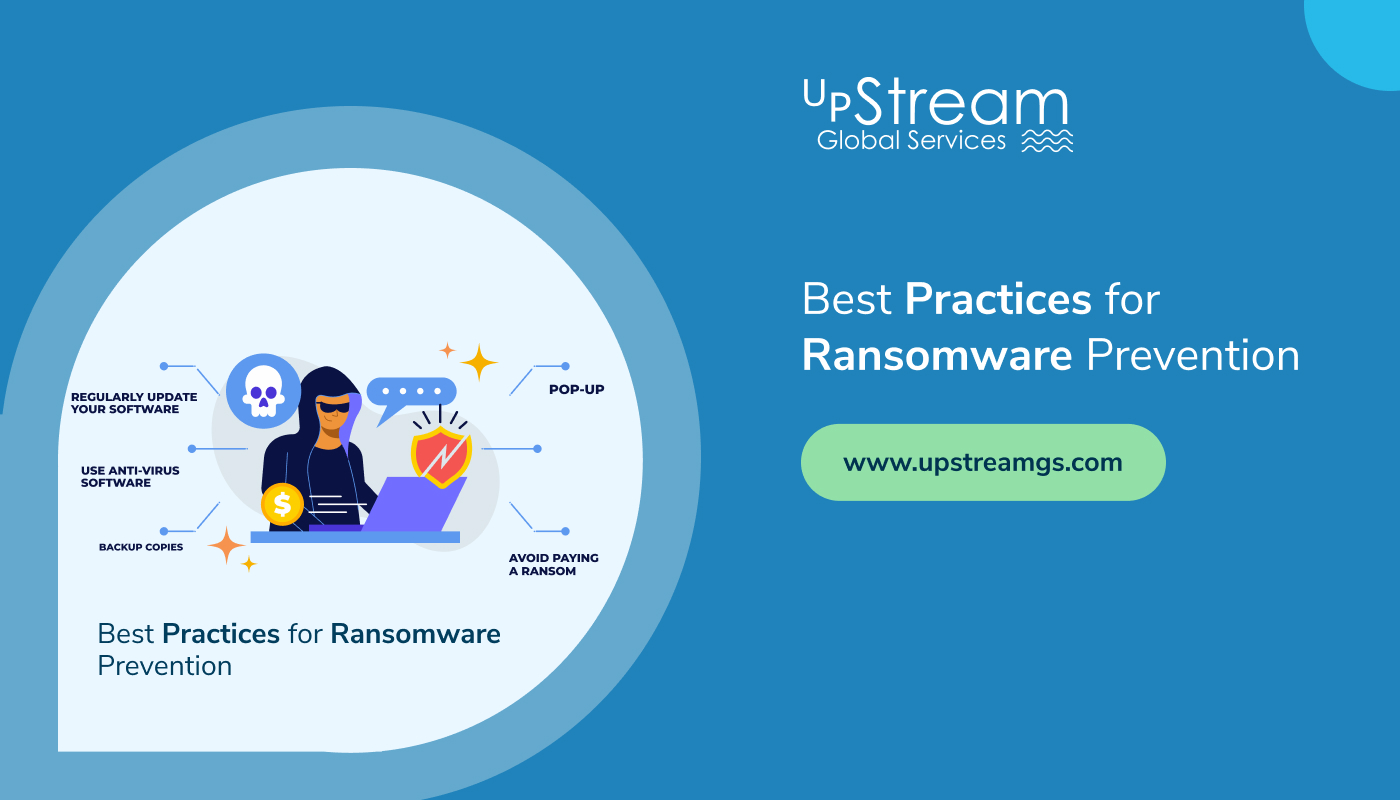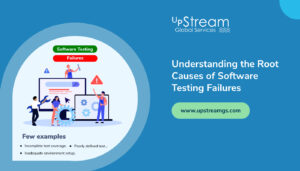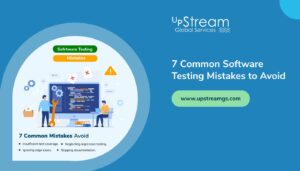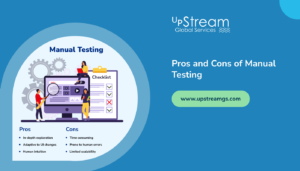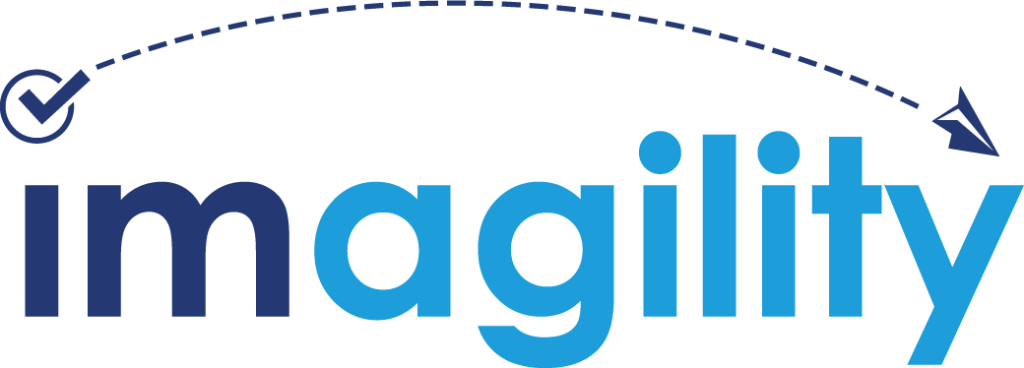One of the most common types of cybersecurity threats, ransomware attacks pose a significant threat to organizations of all sizes and industries. These attacks involve encrypting valuable data and demanding payment for its release. This causes severe disruptions to business operations and financial losses. To mitigate the risk of falling victim to ransomware, implementing robust prevention strategies is essential. In this blog post, we’ll explore some best practices for ransomware prevention.
Understanding Ransomware Attacks
Ransomware attack is a very common type of cyber attack, where malicious actors literally lock up the victim’s computer and network, making it inaccessible. The attackers then demand a ransom payment to unlock the files and give back access. Many attackers demand ransom in the form of digital currency or cryptocurrency, in exchange for decrypting the data. These attacks can seriously harm businesses, causing big problems with how they work and also result in financial losses.
Real-world examples of ransomware attacks illustrate the severity of the threat.
For instance, the WannaCry ransomware attack in 2017 infected more than 200,000 computers in over 150 countries, targeting organizations across various sectors, including healthcare and finance. The attack paralyzed systems, disrupted services, and resulted in millions of dollars in damages. Similarly, the NotPetya ransomware attack in the same year targeted businesses globally, causing widespread chaos and financial harm.
By understanding the nature of ransomware attacks and learning from past incidents, organizations can better prepare themselves to defend against such threats and minimize their impact on operations and data security. Now that we know what a ransomware attack is and what kind of harm it can cause, let’s examine some of the best practices for ransomware prevention.
Nine Best Practices to Protect Against Ransomware
- Backup your files
It is crucial to back up your data by using the 3-2-1 rule. It is recommended that you keep three versions of backups, one original, and two backups. Keep one backup copy offsite and the other two on two different storage types. Likewise, make sure the backups are easily accessible and are stored securely.Upstream Global offers comprehensive data backup solutions tailored to your organization’s needs, providing peace of mind knowing that your data is protected. - Patch vulnerabilities
To enhance the security of your devices and reduce vulnerabilities, it is crucial to regularly update operating systems, browsers, antivirus software, and other applications. By doing this, you will reduce the chances of encountering vulnerabilities that could be exploited by malicious entities. - Use Email Filters
This method of email security helps detect and block spam, viruses, and malware. Email filtering blocks spam, phishing, malicious executables, and other forms of email attacks that ransomware is known to employ. - Grant Only the Minimum Necessary Privileges
Heighten security by controlling access to key systems. This way you can limit entry points for malware, and reduce unauthorized access. - Educate End Users/Employees
To safeguard your organization against ransomware threats and attacks, prioritize regular employee training. Train and educate your employees to identify and skillfully navigate common ransomware risks. This could include malvertisements, phishing emails, and other malicious tactics. - Employ an Intrusion Detection Mechanism
Prevent ransomware attacks from progressing by continuously monitoring systems for abnormal or malicious activities in real time. This enables prompt response actions to mitigate potential threats effectively - Network Segmentation
To enhance network security and mitigate the effects of a ransomware attack, consider segmenting your network into distinct logical segments. This approach allows for effective isolation of specific segments, minimizing the spread of the attack and enabling targeted response efforts. - Strong Endpoint Security
Implementing robust endpoint security solutions is one of the best ways to prevent ransomware. Antivirus software and other intrusion detection systems can help detect and prevent ransomware attacks. - Incident Response Planning
Developing a comprehensive incident response plan that outlines procedures for responding to ransomware attacks is critical for minimizing downtime and data loss.
The Final Word
While the above are a few best practices for ransomware prevention, by partnering with Upstream Global Services, you can strengthen your organization’s cybersecurity defenses and reduce the risk of falling victim to ransomware attacks. Any organization can fall prey to ransomware attacks, so don’t wait until it’s too late. Take proactive steps to protect your data and safeguard your business against cyber threats. Contact Upstream Global today to learn more about our cybersecurity solutions and how we can help secure your organization’s future.
